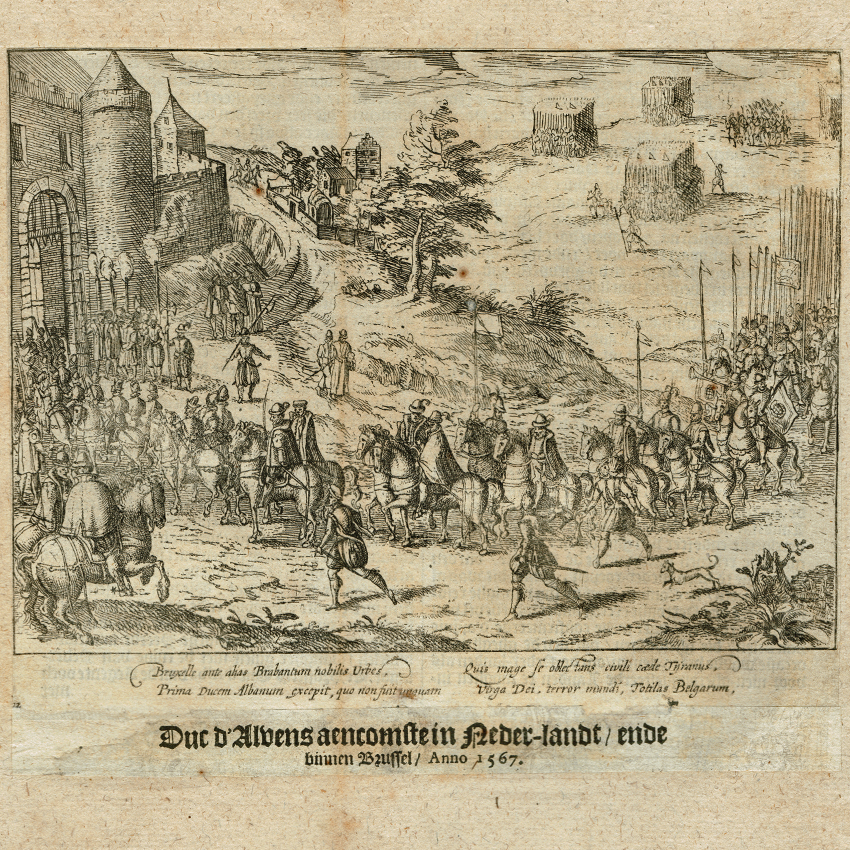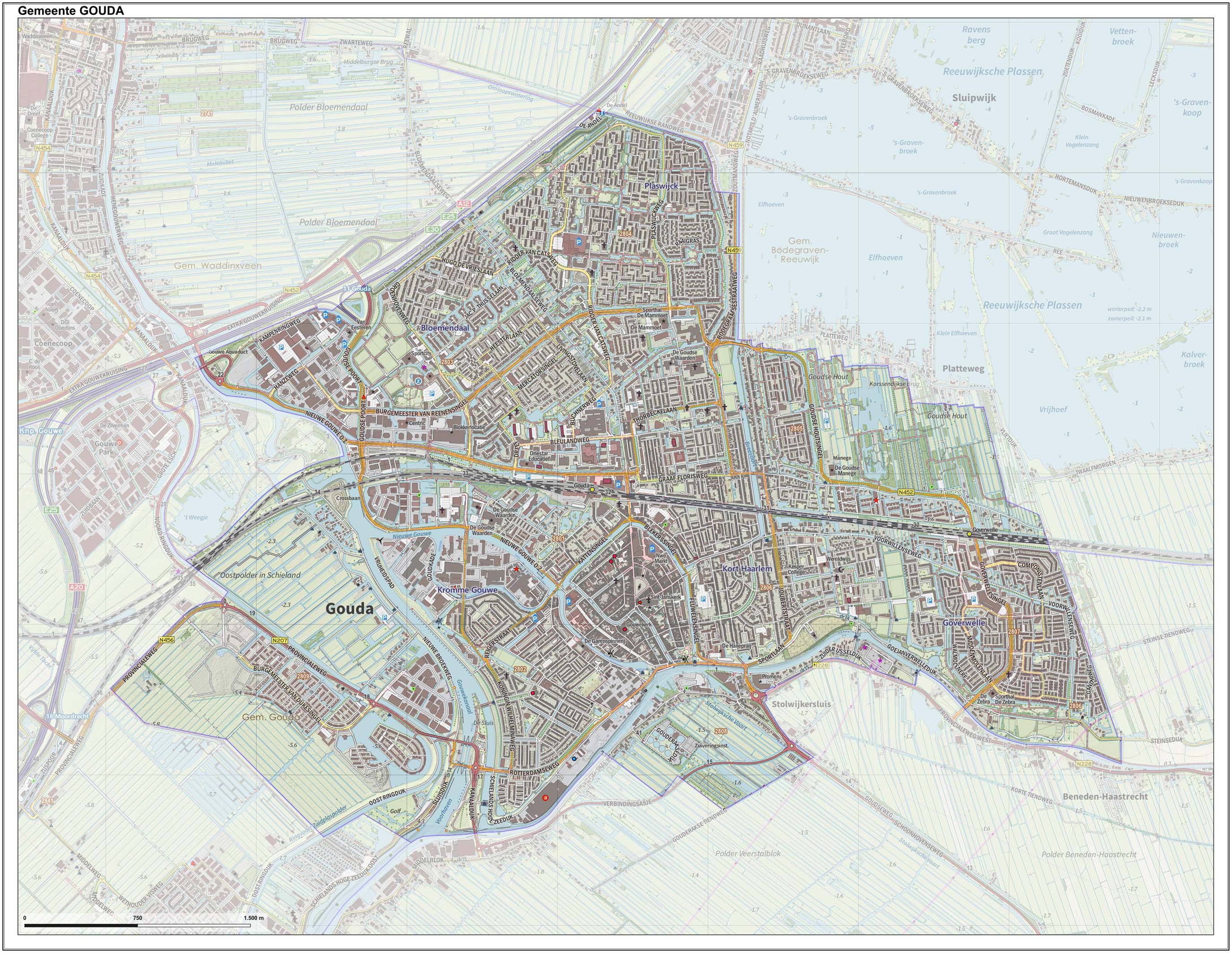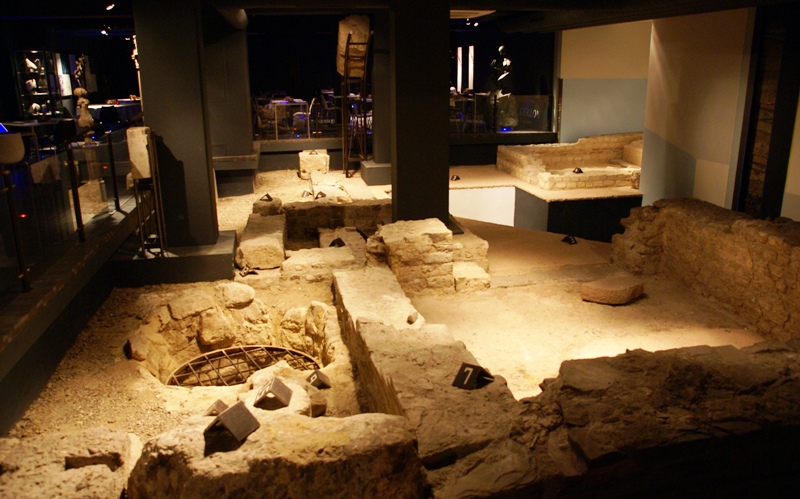|
Philip Of Noircarmes
Philippe René Nivelon Louis de Sainte-Aldegonde, Lord of Noircarmes (c. 1530 – Utrecht, 5 March 1574) was a statesman and soldier from the Habsburg Netherlands in the service of Charles V, Holy Roman Emperor and Philip II of Spain. He gained notoriety during the suppression of Calvinist insurrections, especially at Valenciennes in 1566-7, and as a member of the Council of Troubles at the start of the Eighty Years' War. He was stadtholder of Hainaut from 1566, and of Holland, Zeeland and Utrecht from 1573 until his death. Early life Noircarmes (as he is usually called in historiography) was the son of Jean de Sainte-Aldegonde, a scion of an old aristocratic family from Saint-Omer and Marie de Rubempré. His father (d. 1538) had be ... [...More Info...] [...Related Items...] OR: [Wikipedia] [Google] [Baidu] |
Philips Of Marnix, Lord Of Saint-Aldegonde
Philips of Marnix, Lord of Saint-Aldegonde, Lord of West-Souburg (Dutch: Filips van Marnix, heer van Sint-Aldegonde, heer van West-Souburg, French: Philippe de Marnix, seigneur de Sainte-Aldegonde; 7 March/20 July 1540 – 15 December 1598) was a Flemish and Dutch writer and statesman, and the probable author of the text of the Dutch national anthem, the ''Wilhelmus''. Biography - career Marnix of St. Aldegonde was born at Brussels, the son of Jacob of Marnix. He studied theology under John Calvin and Theodore Beza at Geneva. Returning to the Netherlands in 1560, he threw himself into the cause of the Reformation, taking an active part in the compromise of the nobles in 1565 and the assembly of Sint-Truiden. He issued a pamphlet in justification of the iconoclastic movement Beeldenstorm which devastated many churches in Flanders in 1566, and on the Duke of Alba's arrival next year had to flee the country. After spending some time in Friesland and in the Electorate of t ... [...More Info...] [...Related Items...] OR: [Wikipedia] [Google] [Baidu] |
Lamoral, Count Of Egmont
Lamoral, Count of Egmont, Prince of Gavere (18 November 1522 – 5 June 1568) was a general and statesman in the Spanish Netherlands just before the start of the Eighty Years' War, whose execution helped spark the national uprising that eventually led to the independence of the Netherlands. Biography The Count of Egmont was at the head of one of the wealthiest and most powerful families in the Low Countries. Paternally, a branch of the Egmonts ruled the sovereign duchy of Guelders until 1538. Lamoral was born in La Hamaide near Ellezelles. His father was John IV of Egmont, knight in the Order of the Golden Fleece. His mother belonged to a cadet branch of the House of Luxembourg, and through her he inherited the title ''prince de Gavere''.The complicated series of inheritances through which Gavre/Gavere in Flanders and its dependencies passed through the heiress Beatrix de Gavre to Guy IX de Laval and was sold in 1515 to Jacques de Luxembourg, is sketched in Arthur Bertrand de ... [...More Info...] [...Related Items...] OR: [Wikipedia] [Google] [Baidu] |
Fernando Álvarez De Toledo, 3rd Duke Of Alba
Fernando Álvarez de Toledo y Pimentel, 3rd Duke of Alba (29 October 150711 December 1582), known as the Grand Duke of Alba (, pt, Grão Duque de Alba) in Spain and Portugal and as the Iron Duke ( or shortly 'Alva') in the Netherlands, was a Spanish noble, general and diplomat. He was titled the 3rd Duke of Alba de Tormes, 4th Marquess of Coria, 3rd Count of Salvatierra de Tormes, 2nd Count of Piedrahita, 8th Lord of Valdecorneja, Grandee of Spain and a Knight of the Order of the Golden Fleece. His motto in Latin was ''Deo patrum nostrorum'' ("To the God of our fathers"). He was an adviser of King Charles I of Spain (Charles V, Holy Roman Emperor), and his successor, Philip II of Spain, Mayordomo mayor of both, member of their Councils of State and War, governor of the Duchy of Milan (1555–1556), viceroy of the Kingdom of Naples (1556–1558), governor of the Netherlands (1567–1573) and viceroy and constable of the Kingdom of Portugal (1580–1582). He represented Philip ... [...More Info...] [...Related Items...] OR: [Wikipedia] [Google] [Baidu] |
Amsterdam
Amsterdam ( , , , lit. ''The Dam on the River Amstel'') is the Capital of the Netherlands, capital and Municipalities of the Netherlands, most populous city of the Netherlands, with The Hague being the seat of government. It has a population of 907,976 within the city proper, 1,558,755 in the City Region of Amsterdam, urban area and 2,480,394 in the Amsterdam metropolitan area, metropolitan area. Located in the Provinces of the Netherlands, Dutch province of North Holland, Amsterdam is colloquially referred to as the "Venice of the North", for its large number of canals, now designated a World Heritage Site, UNESCO World Heritage Site. Amsterdam was founded at the mouth of the Amstel River that was dammed to control flooding; the city's name derives from the Amstel dam. Originally a small fishing village in the late 12th century, Amsterdam became a major world port during the Dutch Golden Age of the 17th century, when the Netherlands was an economic powerhouse. Amsterdam is th ... [...More Info...] [...Related Items...] OR: [Wikipedia] [Google] [Baidu] |
Schoonhoven
Schoonhoven () is a city and former municipality in the western Netherlands, in the province of South Holland. Since 2015 it has been a part of the municipality of Krimpenerwaard, before it had been an independent municipality. The former municipality had a population of in , and covered an area of of which water. From 2010 to 2014, it was the smallest List of municipalities of the Netherlands, municipality in the Netherlands in land area, following the merger of Rozenburg into Rotterdam. The first winner of the Dutch version of Pop Idol, Jamai Loman, is from this town. Also Jan-Arie van der Heijden, football player for Feyenoord, lives in Schoonhoven. History Circa 1220 a castle was built on the north side of a small stream called "Zevender", near its mouth at the Lek River. The city of Schoonhoven was then formed near the castle. The oldest reference to the city is in a document from 1247, where it is referred to as ''Sconhoven''. In 1280, it was granted City rights in the Lo ... [...More Info...] [...Related Items...] OR: [Wikipedia] [Google] [Baidu] |
Gouda, South Holland
Gouda () is a city and municipality in the west of the Netherlands, between Rotterdam and Utrecht, in the province of South Holland. Gouda has a population of 75,000 and is famous for its Gouda cheese, stroopwafels, many grachten, smoking pipes, and its 15th-century city hall. Its array of historic churches and other buildings makes it a very popular day trip destination. In the Middle Ages, a settlement was founded at the location of the current city by the Van der Goude family, who built a fortified castle alongside the banks of the Gouwe River, from which the family and the city took its name. The area, originally marshland, developed over the course of two centuries. By 1225, a canal was linked to the Gouwe and its estuary was transformed into a harbour. City rights were granted in 1272. History Around the year 1100, the area where Gouda now is located was swampy and covered with a peat forest, crossed by small creeks such as the Gouwe. Along the shores of this st ... [...More Info...] [...Related Items...] OR: [Wikipedia] [Google] [Baidu] |
Maastricht
Maastricht ( , , ; li, Mestreech ; french: Maestricht ; es, Mastrique ) is a city and a municipality in the southeastern Netherlands. It is the capital and largest city of the province of Limburg. Maastricht is located on both sides of the Meuse ( nl, Maas), at the point where the Jeker joins it. Mount Saint Peter (''Sint-Pietersberg'') is largely situated within the city's municipal borders. Maastricht is about 175 km south east of the capital Amsterdam and 65 km from Eindhoven; it is adjacent to the border with Belgium and is part of the Meuse-Rhine Euroregion, an international metropolis with a population of about 3.9 million, which includes the nearby German and Belgian cities of Aachen, Liège and Hasselt. Maastricht developed from a Roman settlement (''Trajectum ad Mosam'') to a medieval religious centre. In the 16th century it became a garrison town and in the 19th century an early industrial centre. Today, the city is a thriving cultural and regional hub. It beca ... [...More Info...] [...Related Items...] OR: [Wikipedia] [Google] [Baidu] |
's-Hertogenbosch
s-Hertogenbosch (), colloquially known as Den Bosch (), is a city and municipality in the Netherlands with a population of 157,486. It is the capital of the province of North Brabant and its fourth largest by population. The city is south of the Maas river and near the Waal; it is to the north east of the city of Tilburg, north west of Eindhoven, south west of Nijmegen, and a longer distance south of Utrecht and south east of Dordrecht. History The city's official name is a contraction of the (archaic) Dutch ''des Hertogen bosch'' — "the forest of the duke". The duke in question was Henry I of Brabant, whose family had owned a large estate at nearby Orthen for at least four centuries. He founded a new town located on some forested dunes in the middle of a marsh. At age 26, he granted 's-Hertogenbosch city rights and the corresponding trade privileges in 1185. This is, however, the traditional date given by later chroniclers; the first mention in contemporaneous sou ... [...More Info...] [...Related Items...] OR: [Wikipedia] [Google] [Baidu] |
Tournai
Tournai or Tournay ( ; ; nl, Doornik ; pcd, Tornai; wa, Tornè ; la, Tornacum) is a city and municipality of Wallonia located in the province of Hainaut, Belgium. It lies southwest of Brussels on the river Scheldt. Tournai is part of Eurometropolis Lille–Kortrijk–Tournai, which had 2,155,161 residents in 2008. Tournai is one of the oldest cities in Belgium and has played an important role in the country's cultural history. It was the first capital of the Frankish Empire, with Clovis I being born here. Geography Tournai is located in the Picardy Wallonia and Romance Flanders region of Belgium, at the southern limit of the Flemish plain, in the basin of the River Scheldt (''Escaut'' in French, ''Schelde'' in Dutch). Administratively, the town is part of the Province of Hainaut, itself part of Wallonia. It is also a municipality that is part of the French-speaking Community of Belgium. Tournai has its own arrondissements, both administrative and judicial. Its area of ma ... [...More Info...] [...Related Items...] OR: [Wikipedia] [Google] [Baidu] |
Siege Of Valenciennes (1567)
The siege of Valenciennes took place between 14 December 1566 and 23 March 1567 at Valenciennes, then in the Habsburg Netherlands. It is sometimes considered the first siege of the Eighty Years' War. Following the ''Beeldenstorm'', which reached the city on 24 August 1566, Calvinists under the leadership of Pérégrin de La Grange and Guido de Brès (also called "Guy de Bray", the author of the 1561 ''Belgic Confession'') fortified themselves within Valenciennes' walls. The acting stadtholder of Hainaut, Philip of Noircarmes, subdued the city after months of failed negotiations, starvation, and finally an artillery bombardment. Background Valenciennes was one of the most important cities that fell to the Calvinists in 1566; even before the ''Beeldenstorm'' reached the city on 24 August 1566, the Prévost-le Comte had been driven out of the city; during the iconoclasm, the Catholic clergy were also expelled. Although the magistrate (the city council) was still Catholic, it did no ... [...More Info...] [...Related Items...] OR: [Wikipedia] [Google] [Baidu] |
Guido De Bres
Guido de Bres (also known as Guido de Bray,L.A. van Langeraad, ''Guido de Bray Zijn Leven en Werken'', Zierikzee: S.Ochtman en Zoon 1884 p.9, 13 Guy de Bray and Guido de Brès, 1522 – 31 May 1567) was a Walloon pastor, Protestant reformer and theologian, a student of John Calvin and Theodore Beza in Geneva. He was born in Mons, County of Hainaut, Southern Netherlands, and was executed at Valenciennes. De Bres compiled and published the Walloon Confession of Faith known as the Belgic Confession (1561) (''Confessio Belgica'') still in use today in Belgium and the Netherlands. It is also used by many Reformed Churches all over the world. Early life De Bres was born in Mons, today in southwestern Belgium. His father, formerly known as Jean Du Beguinage (alternatively: Jan le Béguinage), was an itinerant ''blauschilder'' it. blue painterwhich is indicative of the tin-glazed process, a precursor to Delftware, introduced into the Netherlands by Guido de Savino in 1512 at Antwerp. ... [...More Info...] [...Related Items...] OR: [Wikipedia] [Google] [Baidu] |
Bailiff
A bailiff (from Middle English baillif, Old French ''baillis'', ''bail'' "custody") is a manager, overseer or custodian – a legal officer to whom some degree of authority or jurisdiction is given. Bailiffs are of various kinds and their offices and duties vary greatly. Another official sometimes referred to as a ''bailiff'' was the ''Vogt''. In the Holy Roman Empire a similar function was performed by the ''Amtmann''. British Isles Historic bailiffs ''Bailiff'' was the term used by the Normans for what the Saxons had called a '' reeve'': the officer responsible for executing the decisions of a court. The duty of the bailiff would thus include serving summonses and orders, and executing all warrants issued out of the corresponding court. The district within which the bailiff operated was called his '' bailiwick'', even to the present day. Bailiffs were outsiders and free men, that is, they were not usually from the bailiwick for which they were responsible. Throughout Nor ... [...More Info...] [...Related Items...] OR: [Wikipedia] [Google] [Baidu] |

.jpg)




